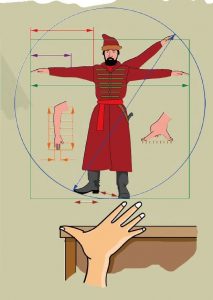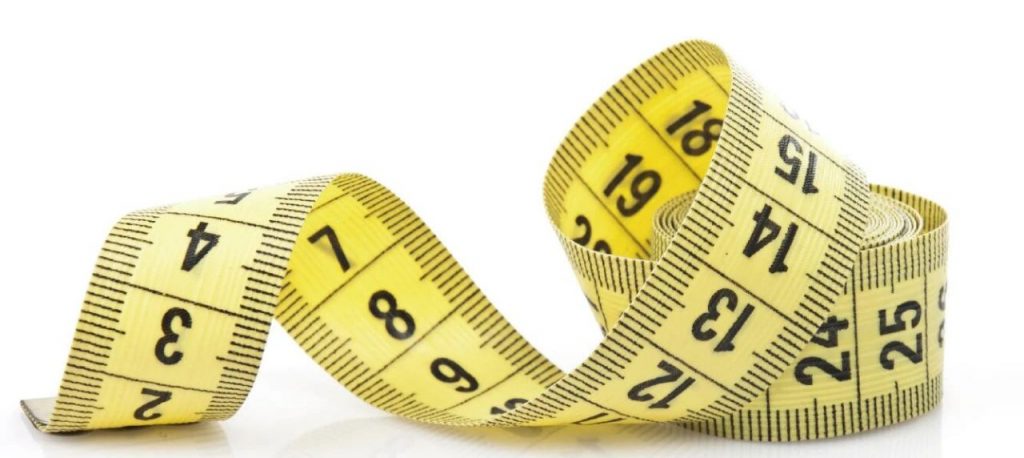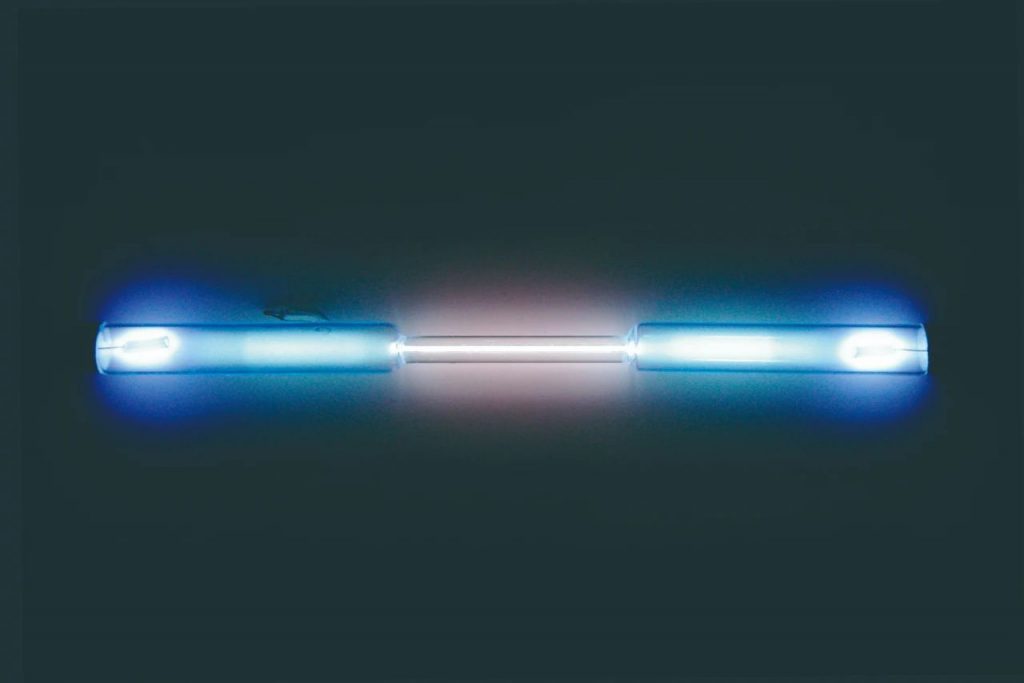
“Meter” is the unit of length that everyone uses.
Have you ever wondered: Why is 1 meter so long, not a little longer or shorter?

There are so many rulers in the world, Sometimes the meter length of different rulers, more or less there will be a little difference. So, where is the most standard and eternal length of 1 meter?
Use body parts as a ruler
Meters, liters, kilograms, and different levels of units, such as millimeters, milliliters, etc., are universal measurement units, called “metric”.
However, for a long time in ancient times, people did not have a unified measurement standard. There were different measurement standards between different countries or regions, and even between different villages. The length was often referred to by body parts, such as elbow length and step length. , Foot length, finger span, etc.;

Some areas use the number of seeds to measure capacity; grains or stones used to be the standard for weight…Today, sometimes people still use step length or elbow length to estimate the length temporarily, which is very convenient when there is no ruler, such as estimating the area of a house.The English foot used daily in the United States is “foot”, which originally means “foot” , because it originated from the length of the foot.
The desire for standard length units
These measures are messy and imprecise. Your elbow is not the same length as mine. Whose one is it? Various injustices will be hidden in messy measurement standards.

In ancient times, the scope of communication was relatively small, and the demand for precision in agricultural society was not high. These measurement methods can roughly meet the needs of daily life. However, with the increasing demand for large-scale communication in society, the exchange of various materials has become more frequent, coupled with the development of science and technology, people’s demand for unified weights and measures has become stronger and stronger. So, how long does it take as a universal unit, and everyone can get a standard, eternal length?
Only the United States, Liberia and Myanmar officially did not adopt the metric system, but instead used the imperial system (in feet). However, there are also standard conversion formulas in the world to make conversions between multiple units freely.
Metric in China
In China, “measurement” was once called“Metrology”, means length, capacity and weight.
After Emperor Qin Shihuang ruled China, he forced the country to use a unified unit of weights and measures. Although weights and measures were once again in disarray as the country split, many of these methods remained in use for more than two thousand years.

At the end of the Ming Dynasty and the beginning of the Qing Dynasty, as Western culture entered China, the metric system of measurement was also brought in. In 1930, China began to implement the metric system; since 1991, the metric system has been the only legal unit of measurement in China.
The birth of “1 meter”

Today’s metric system originated in France in the 1890s and was organized by the French Academy of Sciences at that time. The research team decided to take the length of the meridian from the North Pole to the equator and passing through Paris as the standard, and establish one millionth of a meter is the standard length.
The definition of 1 meter is fine, but how to measure the length of this longitude? In the 18th century, measuring such a long distance was not easy. It took 6 years for the two astronomers to get an exact value, and then through mathematicians’ calculations, 1 meter was born.
The “1 meter” original device is in the safe box
The French Academy of Sciences used platinum to create a very precise 1-meter-long gold rod and kept it in a safe box. This is the “1-meter” entity, known as the “prototype of meter”, which is the standard reference for making 1-meter scales. Many countries have also obtained replicas of the original meter device.

The definition of the volume unit “liter” and the weight unit “kilogram” and the definition of the meter were established at the same time, that is, the capacity of one thousandth of a cubic meter is 1 liter, and 1 kilogram is defined as the weight of 1 liter of water at 4°C. The picture shows the international original kilogram device, made of platinum alloy, but it is no longer the standard for the kilogram.

Because it is very difficult to accurately measure the distance from the head to the end of the original meter device, in 1889, the International Metrology Conference re-made a platinum alloy meter original device with an X-shaped cross section. The meter is redefined as the length of the original device at 0℃.

The “1 meter” length is wrong
What is embarrassing is that people later discovered that the measured value at that time was wrong, causing the length of the meter to be shorter than the correct value by two tenths of a millimeter.
You may think that the length of a meter is defined by people anyway. It doesn’t matter whether it is longer or shorter, but the 6-year measurement work is to make the meter have an accurate standard. However, everything is too late. At this time, the standard of 1 meter length has been determined. People can only make mistakes and continue to use the length that has been obtained.
One of the astronomers who measured the length of the longitude from the north pole to the equator, Pierre François André Méchain, knew that the measurement was wrong. In order to obtain the correct data, he was still measuring in the field until his death.
“1 meter” is changing
The 1 meter standard was finally established, but the story is not over yet.
Over time, the problem comes, and the material will always change. Even if the original meter device made of platinum, even if the change is small, the accuracy of 1 meter will become lower and lower as time goes by. Then there is no eternal standard. Obviously, people need a new one-meter standard.
The “meter” man-made object measurement standard was abandoned
People have tried many methods again, but there are always unsatisfactory places. After more than a century of hard work, in 1960, the ideal method was finally invented, that is, spectroscopy: 165,0763.73 times the wavelength of the transition radiation of krypton atoms in a vacuum was determined as the standard unit meter. Maybe you don’t understand the meaning of this sentence at all. It doesn’t matter. In short, it shows that the length standard of meters no longer depends on some man-made object, but is defined in accordance with a constant natural phenomenon.

Krypton is an inert gas that emits light when charged. The definition of one meter is based on the orange spectrum it emits. The picture shows a discharge tube filled with krypton.
Today’s “meter” is defined by the speed of light

After that, every few years, the International Metrology Conference will reconsider the definition of meter. One of the representative ones is that in 1983, 1 meter was defined as a distance of 1/299792458 seconds for light to travel in a vacuum. Because the speed of light is constant, this is the definition of the meter that is still used today, but more subtle corrections continue.
Based on the above description, can you get the speed of light in meters per second?
Comments